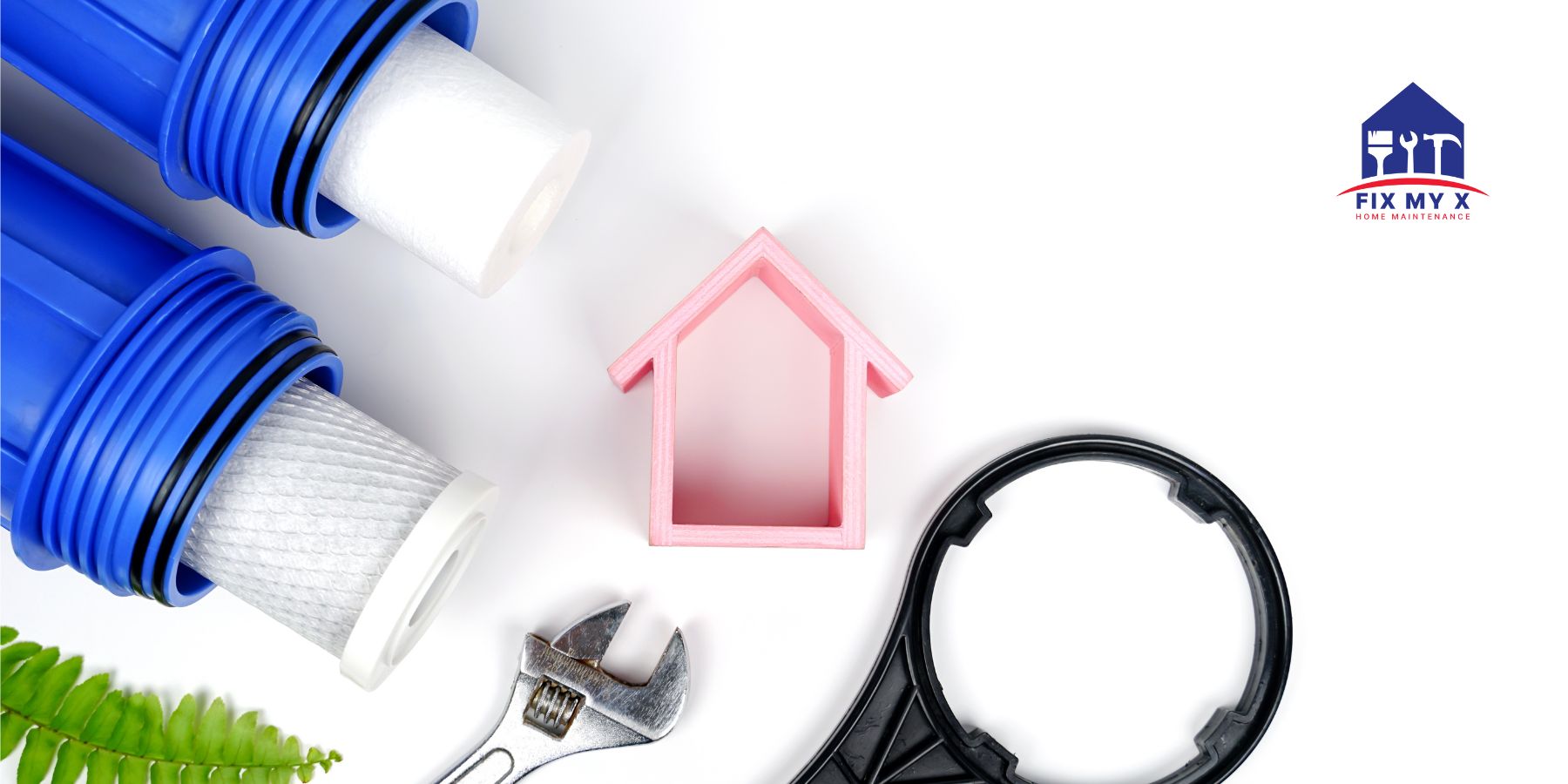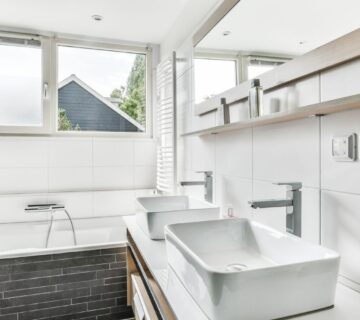In today’s world, creating an eco-friendly home is more important than ever. One area that offers significant opportunities for improvement is your plumbing system. By adopting energy-efficient plumbing solutions, you can conserve water, reduce energy usage, and lower your utility bills while minimizing your environmental impact. Here are the top energy-efficient plumbing upgrades that will make your home greener and more sustainable.
1. Install Low-Flow Fixtures
Low-flow fixtures are designed to use significantly less water than standard ones without compromising performance. They are available for faucets, showerheads, and toilets.
- Why It’s Eco-Friendly:
Low-flow faucets and showerheads reduce water consumption by up to 50%. Low-flow toilets use as little as 1.28 gallons per flush compared to the standard 3.5 gallons. - Pro Tip:
Look for fixtures with a WaterSense label, which certifies high efficiency and performance.
2. Upgrade to a Tankless Water Heater
Traditional water heaters store and heat water continuously, leading to energy waste. A tankless water heater heats water on demand, only when you need it.
- Why It’s Eco-Friendly:
Tankless systems use up to 34% less energy than storage water heaters. - Pro Tip:
Choose the right size for your household to maximize energy savings.
3. Use Dual-Flush Toilets
Dual-flush toilets allow you to choose between two flush settings: one for liquid waste and another for solid waste. This simple option helps conserve water without compromising hygiene.
- Why It’s Eco-Friendly:
Dual-flush systems use up to 67% less water compared to traditional toilets. - Pro Tip:
Retrofit kits are available to convert standard toilets into dual-flush systems.
4. Harvest Rainwater
Rainwater harvesting systems collect and store rainwater for non-potable uses like watering plants, flushing toilets, and washing outdoor areas.
- Why It’s Eco-Friendly:
Reduces dependence on municipal water supplies and helps conserve freshwater resources. - Pro Tip:
Install a filtration system if you plan to use rainwater for cleaning or irrigation.
5. Fix Leaks Promptly
A dripping faucet or leaking pipe may seem minor, but these small issues can waste thousands of gallons of water annually.
- Why It’s Eco-Friendly:
Repairing leaks conserves water and prevents damage that could require energy-intensive repairs. - Pro Tip:
Regularly inspect your plumbing for leaks and address them immediately.
6. Opt for Energy-Efficient Appliances
Appliances like dishwashers and washing machines consume significant amounts of water and energy. Modern energy-efficient models are designed to minimize waste.
- Why It’s Eco-Friendly:
Energy Star-certified appliances use up to 50% less water and energy compared to older models. - Pro Tip:
Run your appliances with full loads to maximize efficiency.
7. Insulate Pipes
Pipe insulation reduces heat loss as hot water travels through your plumbing system. This means your water heater doesn’t have to work as hard, saving energy.
- Why It’s Eco-Friendly:
Conserves energy and reduces the time it takes for hot water to reach your faucet. - Pro Tip:
Focus on insulating pipes in unheated areas like basements or garages.
8. Install a Greywater Recycling System
Greywater recycling systems collect water from sinks, showers, and washing machines for reuse in irrigation or toilet flushing.
- Why It’s Eco-Friendly:
Reuses up to 50% of household wastewater, reducing your overall water consumption. - Pro Tip:
Check local regulations before installing a greywater system to ensure compliance.
9. Use Smart Water Management Systems
Smart plumbing technology, such as water monitors and leak detectors, can help you track usage, detect leaks, and optimize your water consumption.
- Why It’s Eco-Friendly:
Real-time insights allow you to adjust habits and save water and energy. - Pro Tip:
Pair smart water systems with your home automation setup for maximum convenience.
10. Choose Sustainable Plumbing Materials
Eco-friendly plumbing materials, such as PEX (cross-linked polyethylene) and recycled steel, are durable and have a smaller environmental impact compared to traditional materials.
- Why It’s Eco-Friendly:
These materials reduce waste and require less energy to produce and install. - Pro Tip:
Consult with your plumber to choose materials that align with your sustainability goals.
Benefits of Energy-Efficient Plumbing Solutions
Adopting energy-efficient plumbing solutions offers several advantages:
- Cost Savings: Lower utility bills through reduced water and energy consumption.
- Environmental Impact: Conserve resources and reduce your carbon footprint.
- Enhanced Property Value: Eco-friendly homes are more attractive to potential buyers.
- Improved Comfort: Enjoy better functionality and modern features in your home.
Conclusion
Incorporating energy-efficient plumbing solutions into your home is a practical and impactful way to contribute to a more sustainable future. From installing low-flow fixtures to upgrading to a tankless water heater, these changes not only benefit the environment but also enhance your quality of life.
Ready to make your home eco-friendly? Contact FixMyX today for expert advice and professional installation of energy-efficient plumbing solutions.







No comment